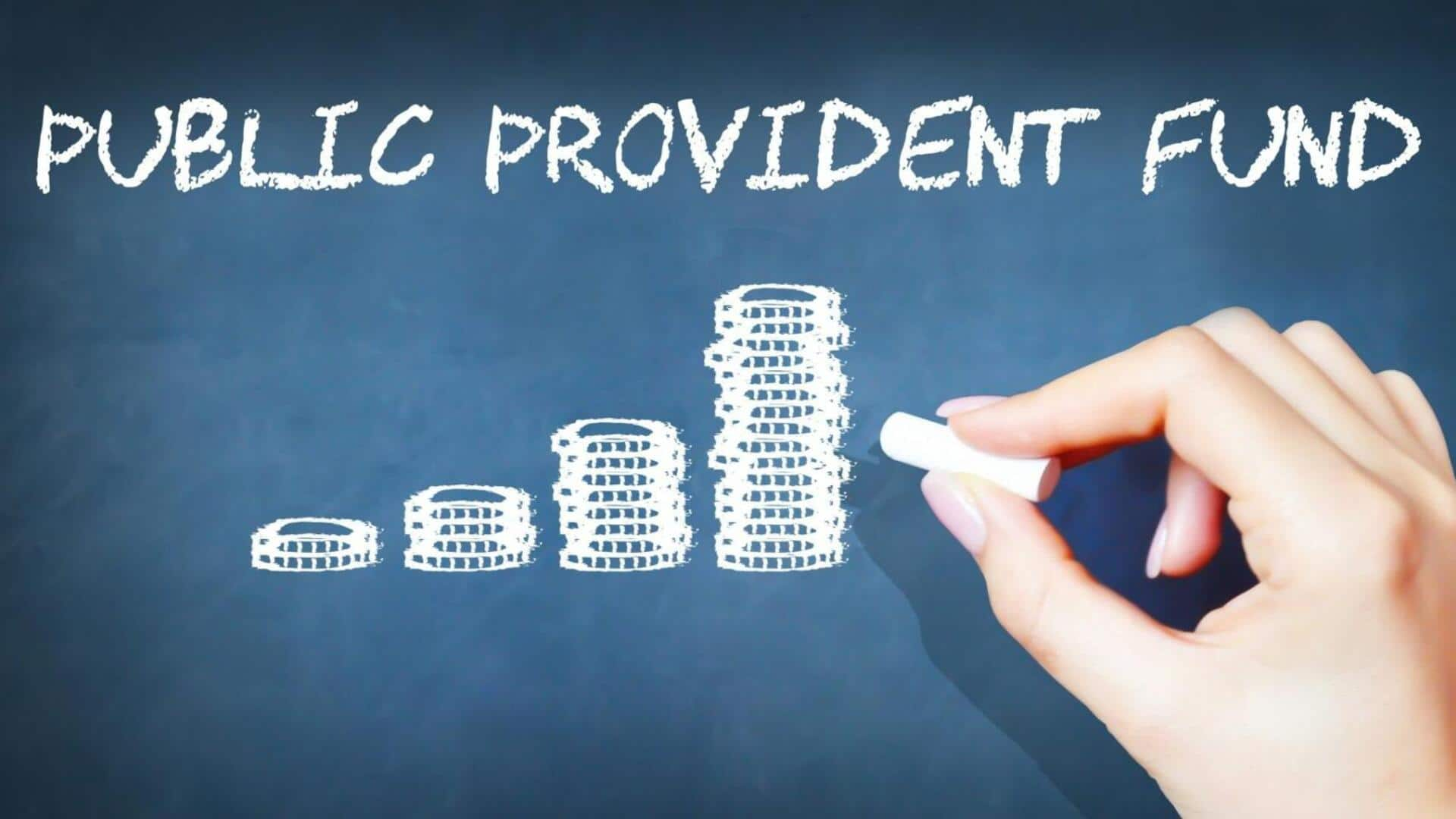
Understanding Employee Provident Fund (EPF) in India
What's the story
The Employee Provident Fund (EPF) is a government-initiated scheme in India. It is designed to enhance retirement savings among workers. The EPF aims to create a financial cushion for retirement, ensuring a secure and steady income. Managed by the Employees' Provident Fund Organisation (EPFO), this scheme requires contributions from both employees and employers. It is a key component of effective financial planning.
Mechanics
How EPF works
Each month, an employee contributes 12% of their basic salary and dearness allowance to their EPF account. The employer also contributes 12%. They direct 8.33% to the Employees' Pension Scheme, or EPS. The remaining 3.67% goes to the EPF account. The government reviews the interest rate on EPF deposits annually. This ensures they offer competitive returns compared to other fixed-income options.
Taxation
Tax benefits of EPF
Contributions to an EPF account qualify for a tax deduction under Section 80C of the Income Tax Act, up to ₹150,000 annually. The interest on these contributions is tax-free if the employee has served for five years or more. After five years, both the principal and interest are tax-exempt. This makes the EPF a highly effective tax-saving tool.
Withdrawal
Withdrawal rules simplified
The primary goal of the EPF is to ensure financial security after retirement. Yet, it allows for early withdrawals for specific reasons. These include marriage, education, and the purchase or construction of a house. Withdrawals are also permitted for medical treatment for family members. However, these early withdrawals might attract taxes. This applies if they occur before five years of continuous service are completed.
Optimization
Maximizing your EPF returns
To maximize Employee Provident Fund returns, avoiding premature withdrawals is advisable. These attract taxes and diminish the benefits of compounding. Keeping your funds invested until retirement maximizes growth through compound interest. Furthermore, transferring your EPF account when changing jobs, rather than withdrawing, can significantly enhance your retirement corpus. This approach maintains the continuity of your savings.